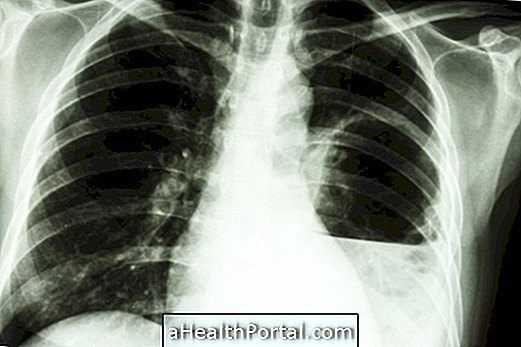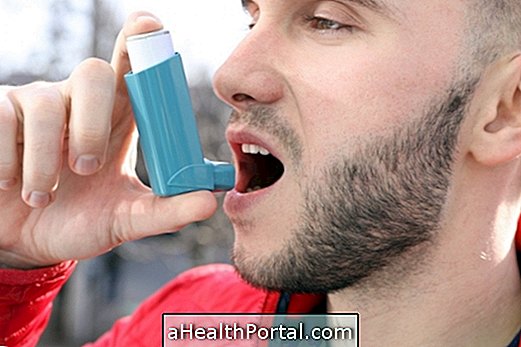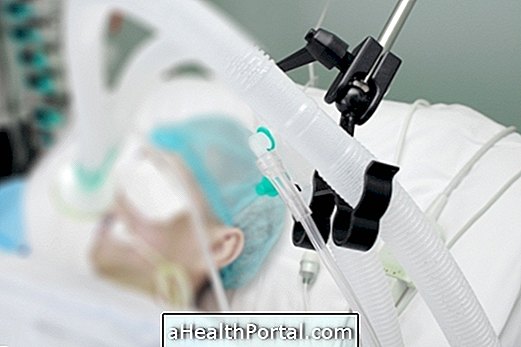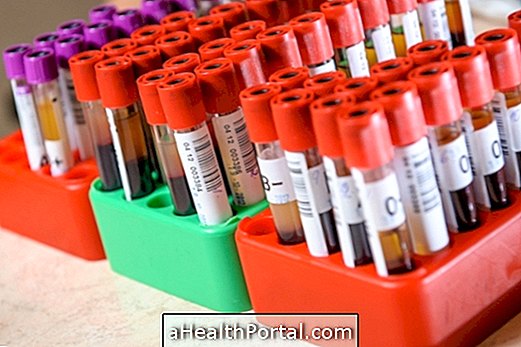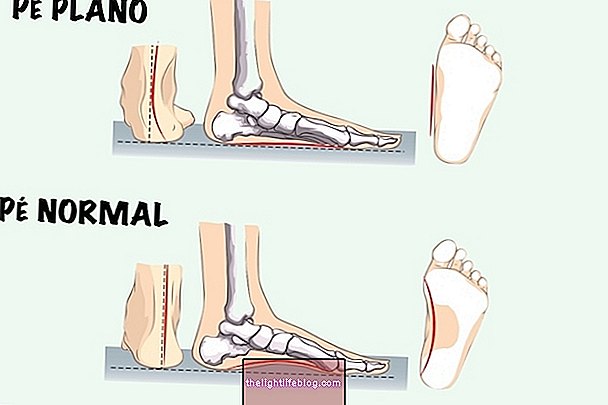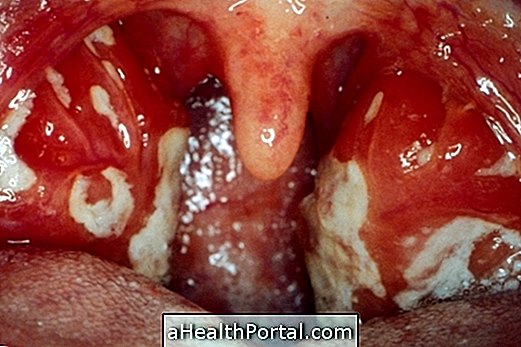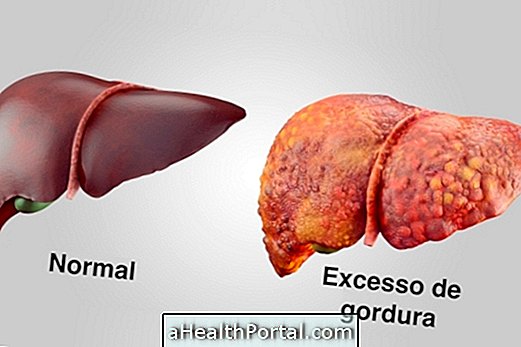Pulmonary embolism, also known as pulmonary thrombosis, occurs when a clot clogs a blood vessel in the lung, preventing the passage of blood and causing progressive death of the affected part, resulting in shortness of breath and intense shortness of breath.
Because of the difficulty in breathing and lung damage, the amount of oxygen in the blood decreases and organs throughout the body may be affected, especially when there are several clots, or the embolism lasts for a long time, causing massive embolism or pulmonary infarction .
Thus, pulmonary embolism is a serious problem that can be life-threatening and should be treated as soon as possible in the hospital with medications directly in the vein, oxygen and, in some cases, surgery.
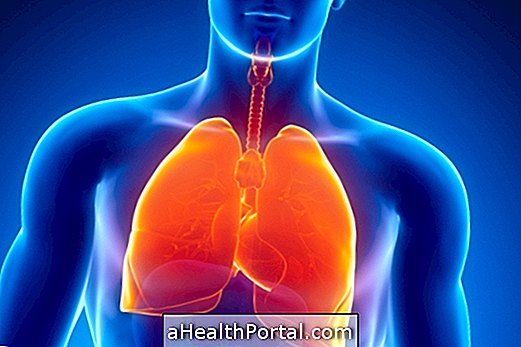
What can cause a pulmonary embolism
Pulmonary thrombosis is usually caused by a blood clot, or thrombus, that travels from another part of the body to the lung, getting trapped and preventing the passage of blood to a part of the lung.
Some factors that increase the risk of having blood clots and developing this problem include:
- History of deep venous thrombosis;
- Family history of pulmonary embolism;
- Fractures in the legs or hips;
- Coagulation problems;
- History of infarction or stroke;
- Obesity and sedentary lifestyle.
However, embolism can also be caused by other rarer causes, such as air bubbles, in the case of pneumothorax, or in the presence of fragments capable of blocking a blood vessel, such as fat droplets, for example. Learn how fat can cause a fatty embolism.

Main symptoms
The most common symptom of pulmonary embolism is the intense feeling of shortness of breath, which may suddenly appear or worsen over time, depending on the size of the affected lung area.
However, other symptoms such as chest pain, blood cough, or bluish skin, especially on the fingers, may also be a sign of pulmonary thrombosis. Check out a more complete list with all the symptoms.
How is the treatment done?
Treatment of pulmonary embolism should be done at the hospital with intravenous anticoagulant drugs such as Heparin to stimulate dissolution of the clot and allow passage of blood, and in severe cases medications called thrombolytics, which are extremely effective at dissolving the thrombi.
The doctor may also prescribe analgesics, such as Paracetamol or Tramadol, to relieve chest pain and ease breathing, and it is usually necessary to use the oxygen mask to aid breathing and oxygenation of the blood.
Normally, you need to be hospitalized for at least 3 days, but in more severe cases or where it was not possible to use drugs to dissolve the clot, you may even need surgery to remove this thrombus, called an embolectomy, therefore, the hospitalization can last for more days. Learn more about stroke treatment and when surgery is indicated.
Does pulmonary thrombosis have a cure?
Pulmonary embolism, despite being a medical situation and emergency, when it is treated correctly and rapidly has a good chance of healing and does not always leave sequels. The most common sequel of this condition is the decrease of oxygen in a certain region, which can lead to the death of these tissues and problems in the affected organ.
Possible sequels
Most of the time pulmonary embolism is treated in a timely manner, so there are no serious sequelae. However, if the treatment is not done properly or if there is a very large area of affected lung, serious sequelae such as heart failure or cardiac arrest may be life-threatening.

